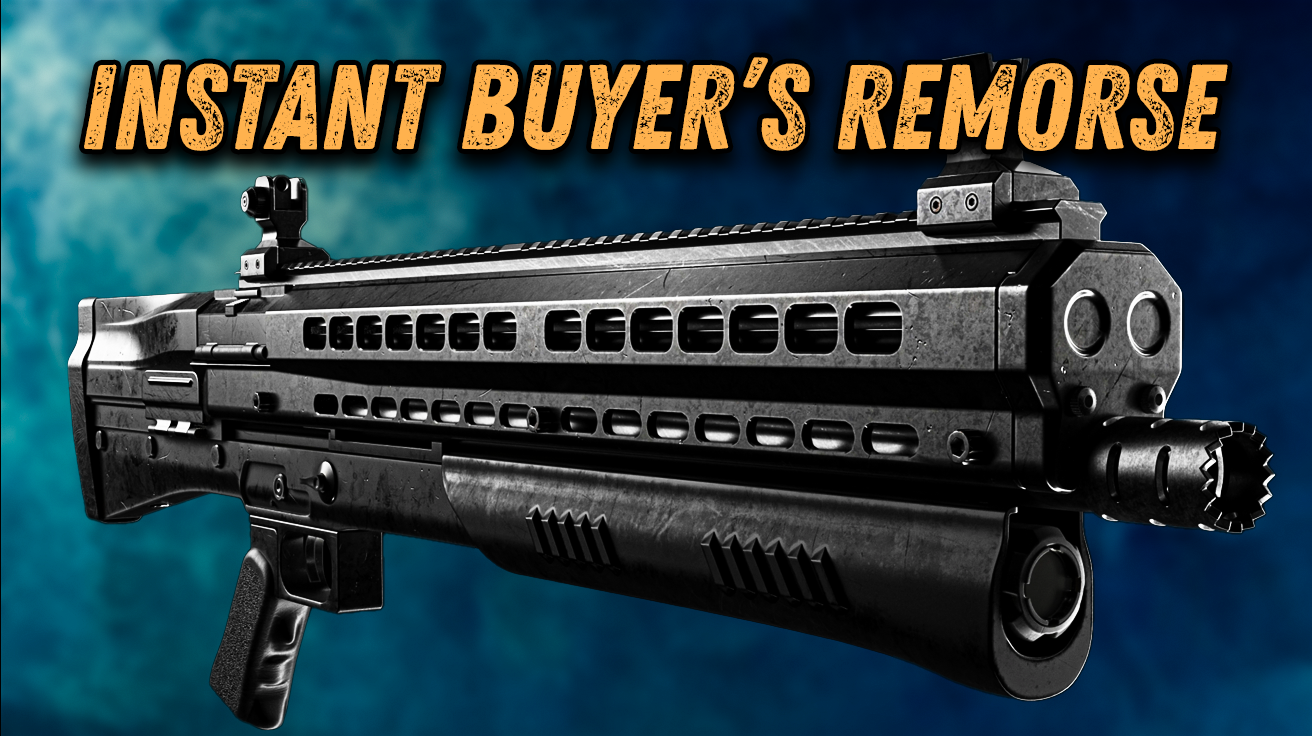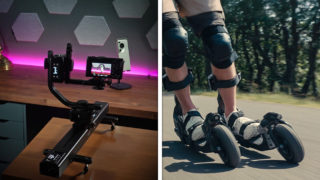Not all firearms live up to the hype. While some models earn a reputation for top-tier performance and reliability, others fall short due to design flaws, poor manufacturing, or just plain impracticality. These underwhelming models can leave shooters frustrated—or even in risky situations. With plenty of well-built options across every budget, it’s smart to skip firearms that are notorious for their faults. Here’s a countdown of seven firearms that are best left off your wishlist.
7. Derringers

These pocket-sized pistols may look charming in Westerns, but that’s where they belong: in the past. Originally made for discreet self-defense, Derringers were once valued for their low-profile carry. Today, however, compact semi-autos and snub-nosed revolvers have made them obsolete. Derringers can be awkward to handle, offer limited ammo capacity, and have outdated safety features that can make them risky to use. Even the popular .410 shotshell-firing models are more of a novelty than a practical choice, lacking enough firepower to be reliable.
6. Subcompact “Officer†1911s
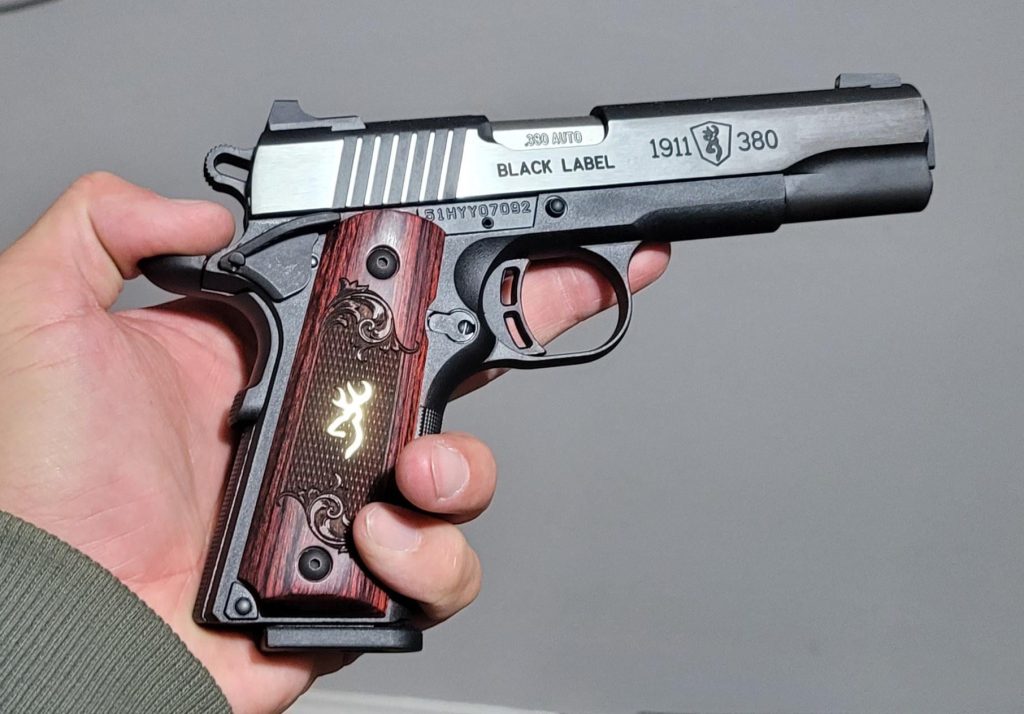
The 1911 is a classic, and when made in mid-sized variations like the Commander, it balances power with portability. But when scaled down to subcompact versions, often with a 3-inch barrel, things start to go wrong. These “Officer” 1911s bring sharp recoil and frequent feed malfunctions, making them a hassle. They’re also picky about ammunition, demanding specific types to avoid jamming. While they may sound like a great idea, these tiny 1911s often don’t perform well enough to justify the headache.
5. Taurus Judge and Its Variants
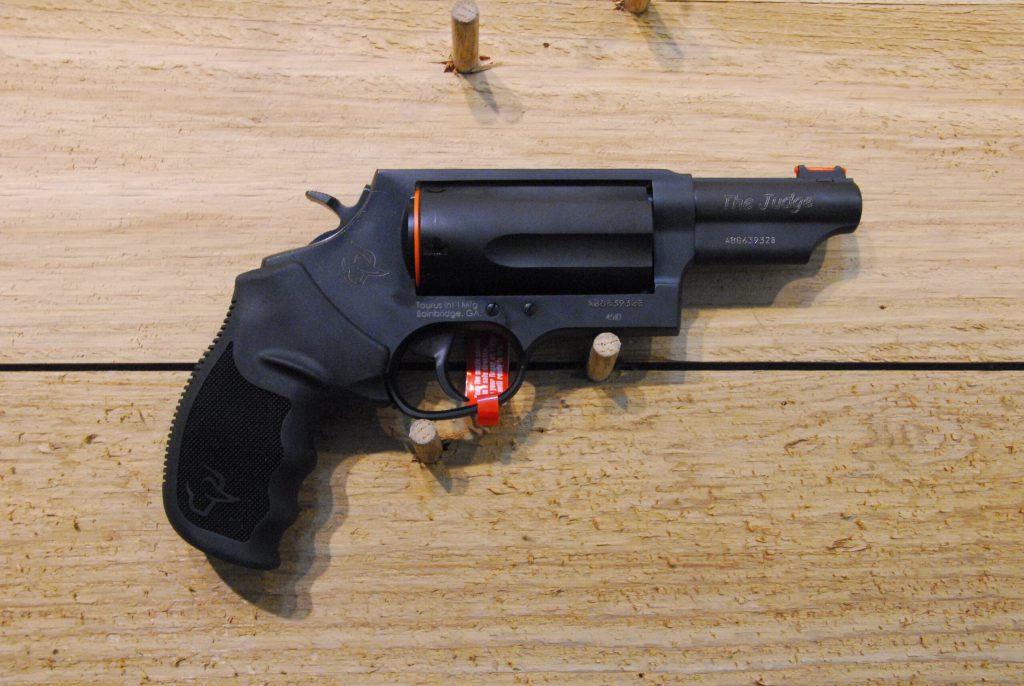
The Taurus Judge, designed to fire both .45 Colt and .410 shotshells, aims to be a versatile, close-quarters defense tool. But in reality, it’s too bulky, with a heavy trigger and reliability issues that make it a poor choice for self-defense. The Judge’s heavy frame and clunky handling feel like overkill, and though it has a big following, it’s largely thanks to marketing rather than solid performance. For real versatility, there are better options.
4. Budget AR-15s
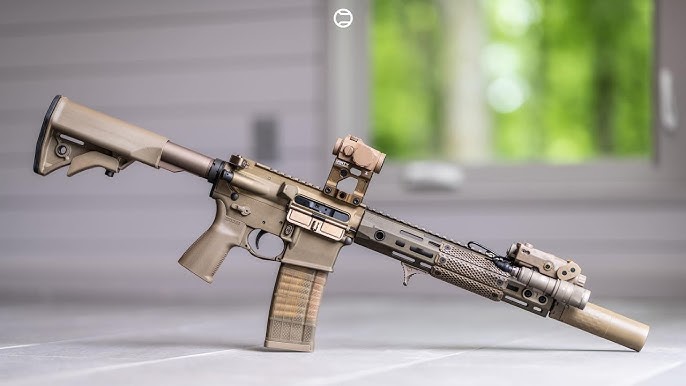
There’s a reason people love the AR-15, but going cheap on one can cost you in the long run. While budget AR-15s (often under $800) save you upfront, they typically come with poorly made parts, shoddy assembly, and inconsistent quality control. They may work for occasional range trips, but they struggle with prolonged or intensive use. So while saving a few bucks may sound nice, budget ARs often turn into more hassle than they’re worth when reliability issues start to show.
3. Pistol Caliber Carbines (PCCs)

Pistol-caliber carbines, or PCCs, can be a blast to shoot, thanks to their improved accuracy over handguns and manageable recoil. But they’re not exactly practical. These carbines, typically chambered in handgun calibers like 9mm or .45 ACP, lack the range and stopping power of a full rifle. While some may market PCCs as ideal for home defense, they often don’t mitigate over-penetration as much as promised and can fall short in serious self-defense situations.
2. Winchester 1400 Shotgun
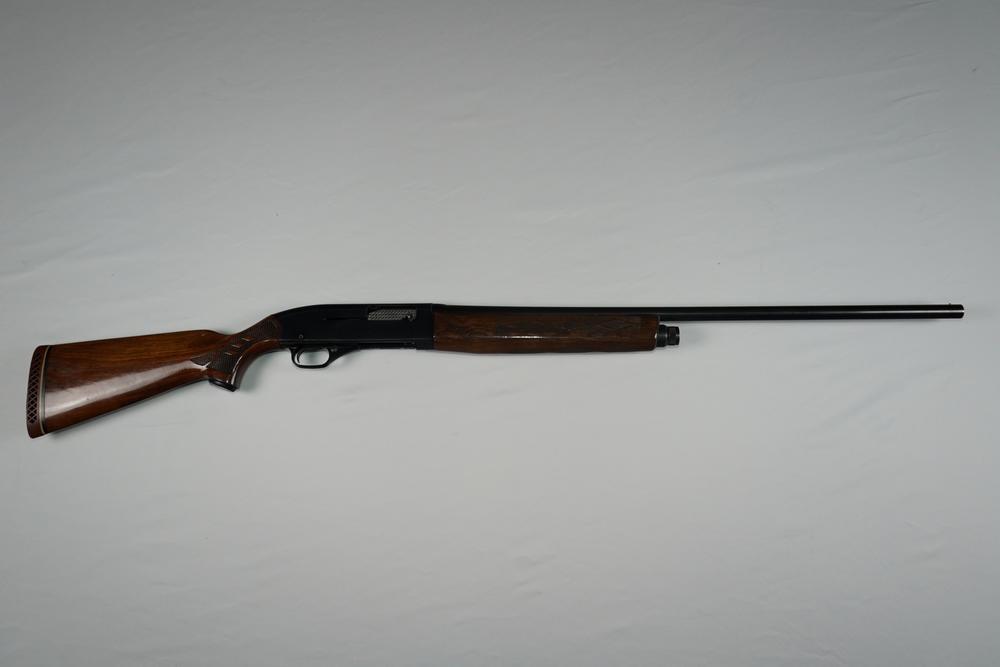
Winchester is a well-respected name in firearms, but the semi-auto Winchester 1400 fails to live up to that legacy. Known for reliability issues and wear-and-tear problems, this shotgun can jam frequently, struggling with failures to feed and eject. Although it was meant to be an affordable semi-auto, it’s become known for all the wrong reasons. For a trustworthy shotgun, this is one to skip.
1. UTAS UTS-15 Bullpup Shotgun
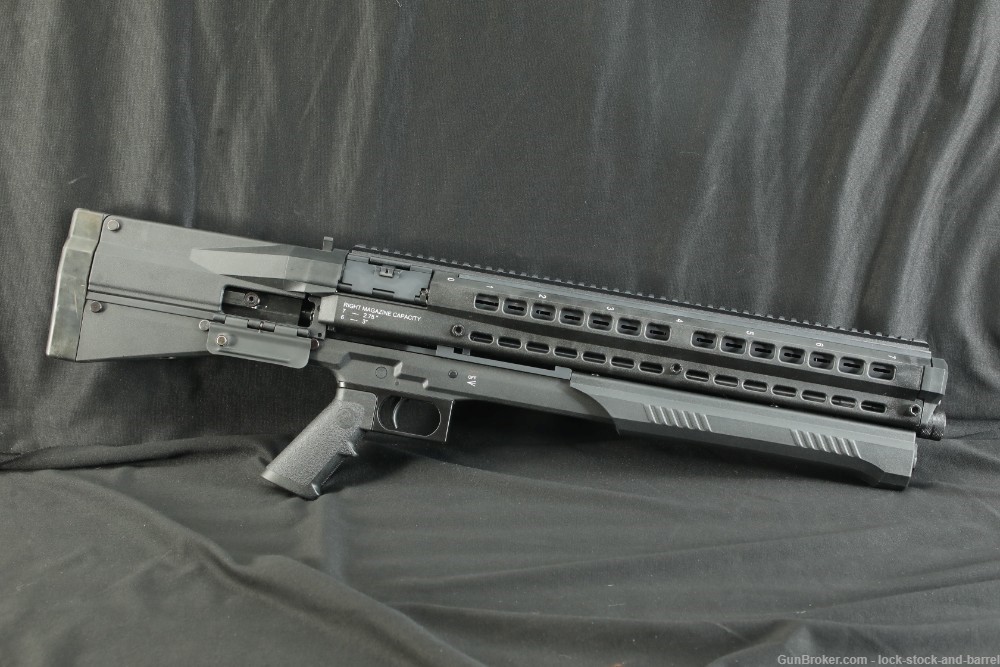
The UTS-15 may look straight out of a sci-fi flick, with its bullpup design and dual magazine tubes, but that’s mostly where its appeal ends. The UTS-15 is complex to load, tricky to operate, and prone to feeding and ejection issues. With reliability falling short, this shotgun doesn’t justify its price and can’t compare to more dependable models like the Remington 870 or Mossberg 500. While it’s eye-catching, the UTS-15 proves that style alone isn’t enough.

